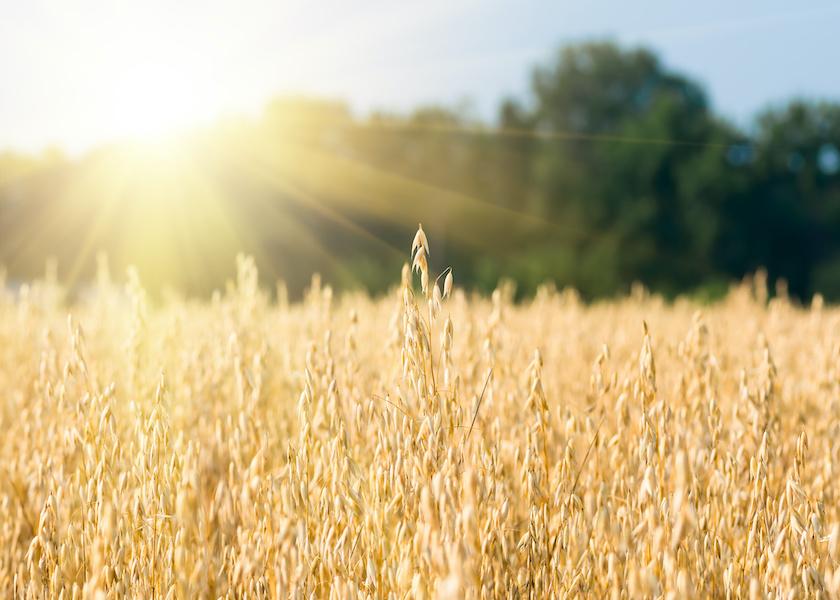Oat Shortages May Dictate Starter Grain Alternatives

In these tumultuous times of drought, global unrest, and supply chain disruptions, feed grains may not be as plentiful, available, and affordable as we have traditionally enjoyed.
One of those fluctuating feedstuffs is oats, which is a common ingredient in calf starter grain. Oats are appreciated for their favorable nutrient profile and palatability for calves.
“Calf starter should be high in readily fermentable carbohydrates, but still have adequate digestible fiber to support the fermentation needed to support animal tissue growth,” said Ellan Dufour, Senior Dairy Research Nutritionist for Hubbard Feeds. “Fortunately, oats offer both, making them a popular choice for calf starter formulations.”
But what happens if manufacturers can’t get enough oats? In 2021, drought caused Canada’s oat crop to hit an 11-year low yield, while the U.S. had its smallest oat crop ever. Couple that with a severe blow to production caused by the Russia-Ukraine war, plus ever-growing demand from the human side for product like granola and oat-based beverages, and you’ve got yourself an oat shortage on your hands.
Because oats typically have been readily available and affordable, little research has been done to explore alternative ingredients to replace them in starter grain formulations. Recognizing the brewing challenges in contracting oats, Hubbard Feeds recently conducted a study in cooperation with the University of Minnesota to look at starter rations with oats, and comparing them to some alternate strategies, in four feeding groups:
- Simple texturized starter containing a base pellet, plus corn, molasses and oats.
- The same simple formulation, but with the oats removed.
- An enhanced version of the simple starter, with the addition of fiber sources in the form of beet pulp, barley, cottonseed hulls, and oats.
- The same enhanced formulation, but minus the oats.
When comparing calf performance between the first two formulations, calves fared better on the ration with oats, having significantly higher starter-grain intake, average daily gain (ADG) to 56 days, and hip height at 56 days.
But the opposite was true when alternative fiber sources were added. In that case, calves didn’t miss the oats, and performed better in all three metrics on the non-oat ration. In fact, that formulation (#4) resulted in the best results for all four options evaluated.
The poorest performance, on the other hand, resulted from the simple starter with no oats (#2), which the researchers attributed to the possibility of rumen acidosis impacts due to the high level of readily fermentable starch with no significant fiber source to buffer it.
“After analyzing results of this trial, we’ve determined that we can effectively substitute oats in texturized calf starters if other high-fiber ingredients are included in the base pellet and as part of the texturized feed,” concluded Dufour.







